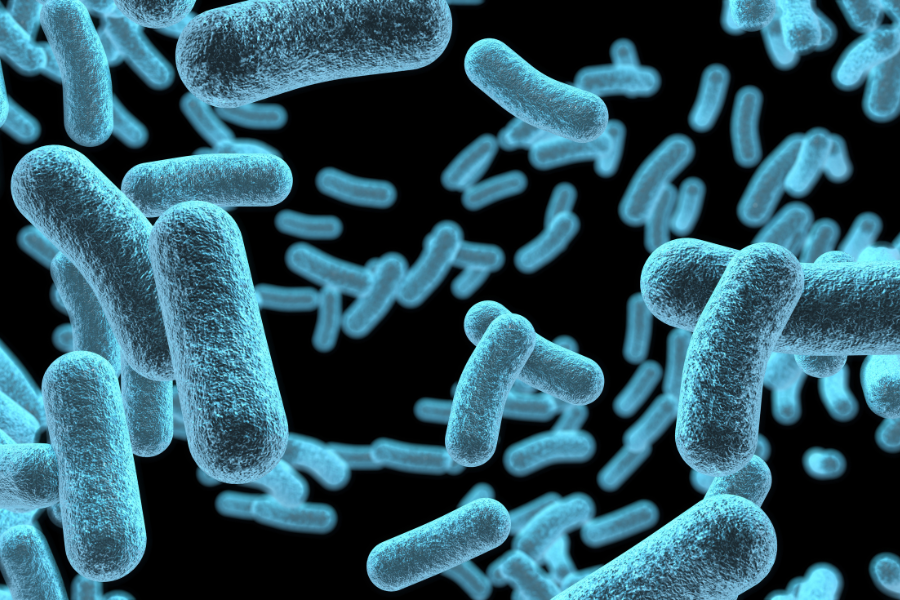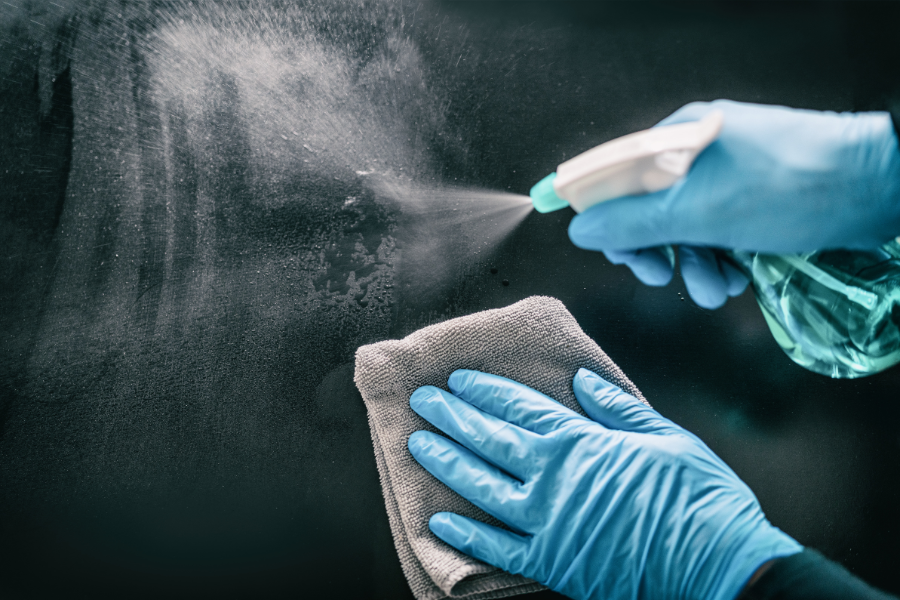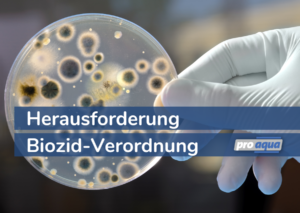In recent years, the Biocidal Products Regulation has been a widely discussed topic and has caused, and continues to cause, headaches for many companies. The classification and approval of a product as a biocidal product involve significant effort and financial expenses. Companies that fall within the scope of the Biocidal Products Regulation must bear these costs in order to continue marketing their products.

pro aqua products are frequently used in areas that require approval under the Biocidal Products Regulation. Therefore, we have not only engaged intensively with this topic but also taken on the challenge of making these products "biocide-compliant."
Our learnings and challenges are summarized below, providing an overview of what must be considered in the process to successfully obtain approval for the respective products.
What is the Biocidal Products Regulation and which products fall under it?
The Biocidal Products Regulation (EU No. 528/2013) governs the placing on the market and use of biocidal products throughout Europe and applies to distributors, suppliers, and users (operators). The aim of the Biocidal Products Regulation is, in accordance with the precautionary principle, to protect the health of humans, animals, and the environment to the greatest possible extent. Biocidal products are characterized by their ability to destroy, repel, or render harmless harmful organisms (e.g., bacteria that cause diseases in humans or animals).
The Biocidal Products Regulation divides biocidal products into the following main groups:
- Disinfectants
- Protective agents
- Pest control agents and
- Other biocidal products.

How long does the approval process for biocidal product authorization take?
Biocidal product authorization is a multi-year process, which is complex and costly, and occurs in two stages:
- Active substance approval
- Biocidal product authorization
Stage 1: Approval of the active substance
The first stage involves the so-called active substance dossier, which must be prepared by the applicant and submitted to the competent authority, or can be purchased if a dossier for the substance already exists.
Stage 2: Authorization of the biocidal product
Once the active substance dossier is available, the so-called product dossier can be prepared and submitted. The second stage involves a comprehensive evaluation of the biocidal product, taking into account the effect of the substance according to the active substance dossier and the design of the biocidal product (in the case of pro aqua, the electrolysis technology).
How much does biocidal product authorization cost, and can a small company afford it?
The costs and high organizational effort of biocidal authorization can pose significant hurdles, especially for smaller companies. However, there is the possibility that authorization costs are shared by multiple institutions. The great advantage is that expenses such as registration fees, efficacy tests, etc., can be split. This can massively reduce costs per institution and minimize financial risk. On the other hand, this requires organizational and contractual cooperation among institutions, as conflicting interests may arise. Ultimately, the authorization is jointly owned by all participants.

The quantification of costs depends on the application and complexity of the biocidal product. In the specific case of pro aqua, it was not necessary to create an active substance dossier because two were already available on the market. At the time of purchase, both dossiers cost over €50,000 but well under €100,000. The submission costs for the product dossier strongly depend on the types of products for which authorization is sought. These determine the fees for registration with ECHA (European Chemicals Agency) and national authorizations, which in the specific case of pro aqua have already exceeded €150,000. Additionally, there are costs for various "efficacy studies," usually conducted by accredited laboratories, and internal company expenses.
Where can one get advice on the Biocidal Products Regulation?
A key aspect of biocidal product authorization, as already mentioned, is not only the high financial but also the organizational effort. It is therefore advisable and ultimately necessary to consult national and European advisory bodies to work efficiently from the start. The first point of contact is the ECHA (European Chemicals Agency, www.echa.europa.eu), which is responsible for authorization. www.echa.europa.eu), die sich für die Zulassung verantwortlich zeichnet, genannt.

Biocidal Product Authorization of pro aqua
pro aqua’s biocidal products, such as the SurfaceCleaner-100, primarily fall into the disinfectants category. Within this group, products are further divided based on application into those for human hygiene, disinfectants and algae control products not directly used on humans or animals, products for veterinary hygiene, products for food and feed areas, and products for drinking water disinfection.
Since 2012, pro aqua has been engaged with the Biocidal Products Regulation and its implementation within the company. Ultimately, pro aqua joined forces with other Austrian and German companies in the LUNA-IP consortium and jointly submitted a product dossier. Costs are shared among the partners, while the organizational management is handled by LUNA-IP.
The product dossier was submitted on time before July 2022. The evaluation of the product dossier by ECHA is expected to take the next two to three years. With the submission and the already completed reviews, pro aqua meets the requirements of the Biocidal Products Regulation—a completed milestone with significant impact on the sales of pro aqua products that fall under biocidal products.
Read here for more information about the SurfaceCleaner-100


